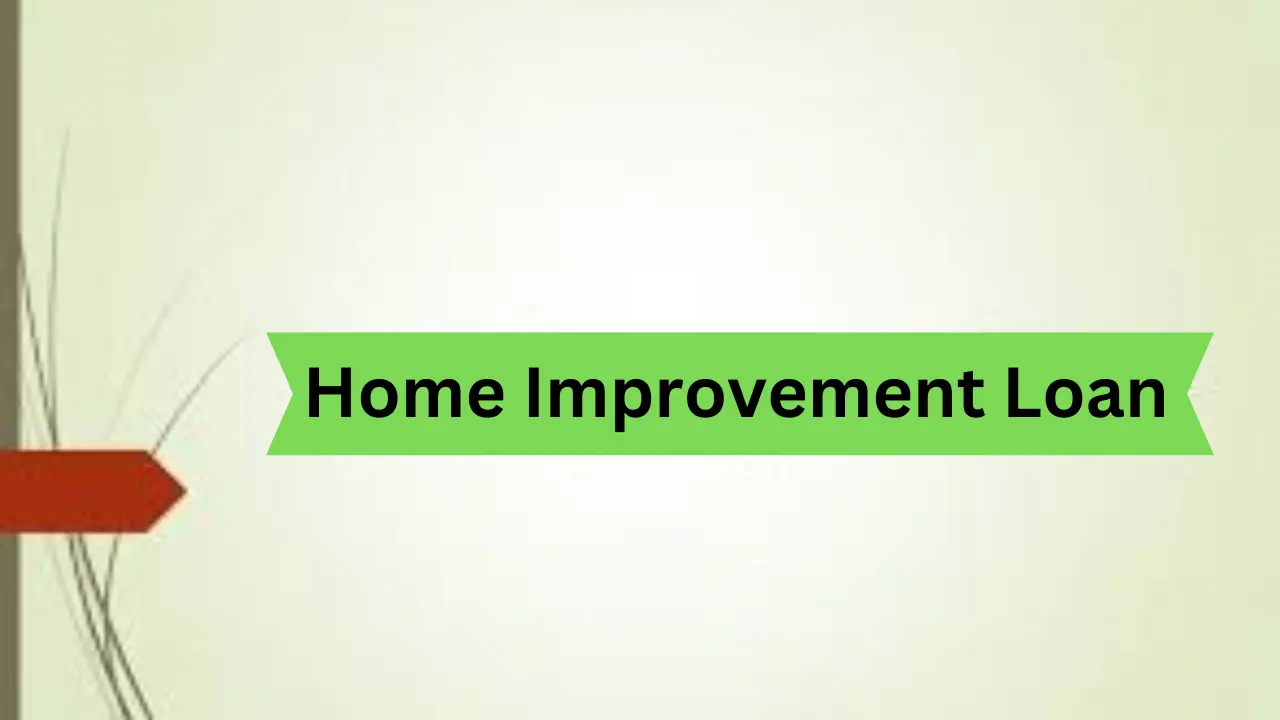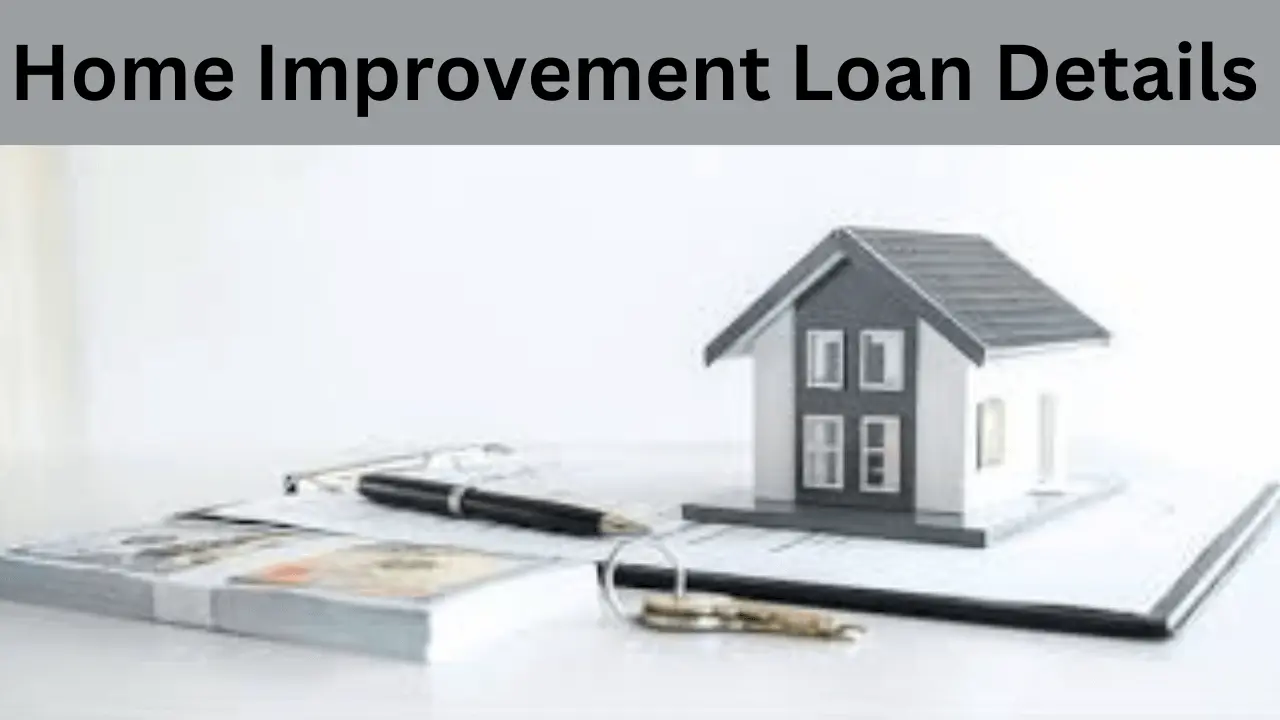Home Improvement Loan
Home Improvement Loan: In fact, 91 percent of American homeowners say their homes need minor or major renovations, but figuring out how to cover the cost is difficult. As a result, they will not advance any year in their projects. In 2024, U.S. property owners are expected to spend nearly $577 billion on home improvements. But all this money will not be received from savings. Instead, a portion is possibly funded by home improvement loans. A home loan is best for home improvement. In this article, we will inform you about all the details of home improvement loans.
What Is Home Loan To Improvement to Homes You Can Know All Details Here
Taking out a home improvement loan is a practical and reasonably priced option to cover the costs of home maintenance, updates, and repairs. Here’s all you need to know if you’re wondering what home renovation loans are and how they operate.

Loans for home improvement, whether secured or unsecured, are used to pay for home repairs, updates, and makeovers. With the house serving as collateral, the majority of financial products that are typically thought of as home improvement loans are secured. A home equity loan, home equity line of credit (HELOC), cash-out refinance, and rehabilitation mortgage are a few examples.
It is feasible to obtain personal loans without collateral for home improvement loans, nevertheless. These are generally more difficult to get approved for and have higher interest rates, but they are still a possibility for homeowners who would rather not pledge their homes as collateral.
How do Loans for Home Improvements Work?
Depending on the kind, home improvement loans may work slightly differently. Renovation mortgages, for example, could have conditions attached to them that control how the funds are used and make sure they are used for repairs and improvements. Others might afford a homeowner additional flexibility by letting them use some of the money for other purposes.
The methods for getting the funds can also differ. Upon approval, homeowners who apply for a personal loan, cash-out refinance, or home equity loan often receive a lump sum payment. With a HELOC, homeowners may keep the amount lower and only pay interest on the money they need for the improvements because they can take out loans from the permitted maximum as needed.
A lot of the time, homeowners who take out home repair loans end up with fees and interest. There are origination or equivalent administrative costs associated with several loan types. Some additionally incur closing costs and expenses related to home appraisals. All, though, will come with a monthly payment demand and an interest rate.
Is It Right To Take a Home Loan?
Home improvement loans typically have advantages and disadvantages and are intended exclusively for repairs, improvement, and renovations. Since they are secured and may have a longer payback term, any alternatives that use the house as collateral usually have lower interest rates. However there can be limitations on how the funds are spent, and there might be additional costs to consider.
Alternatives without collateral, such as unsecured loans, are frequently more flexible but have higher interest rates. Furthermore, it could be more difficult to qualify, especially if the borrowed amount is large.
Examine your priorities while looking into home improvement financing. That guarantees you take your needs into account, which makes selecting the best option simpler.

